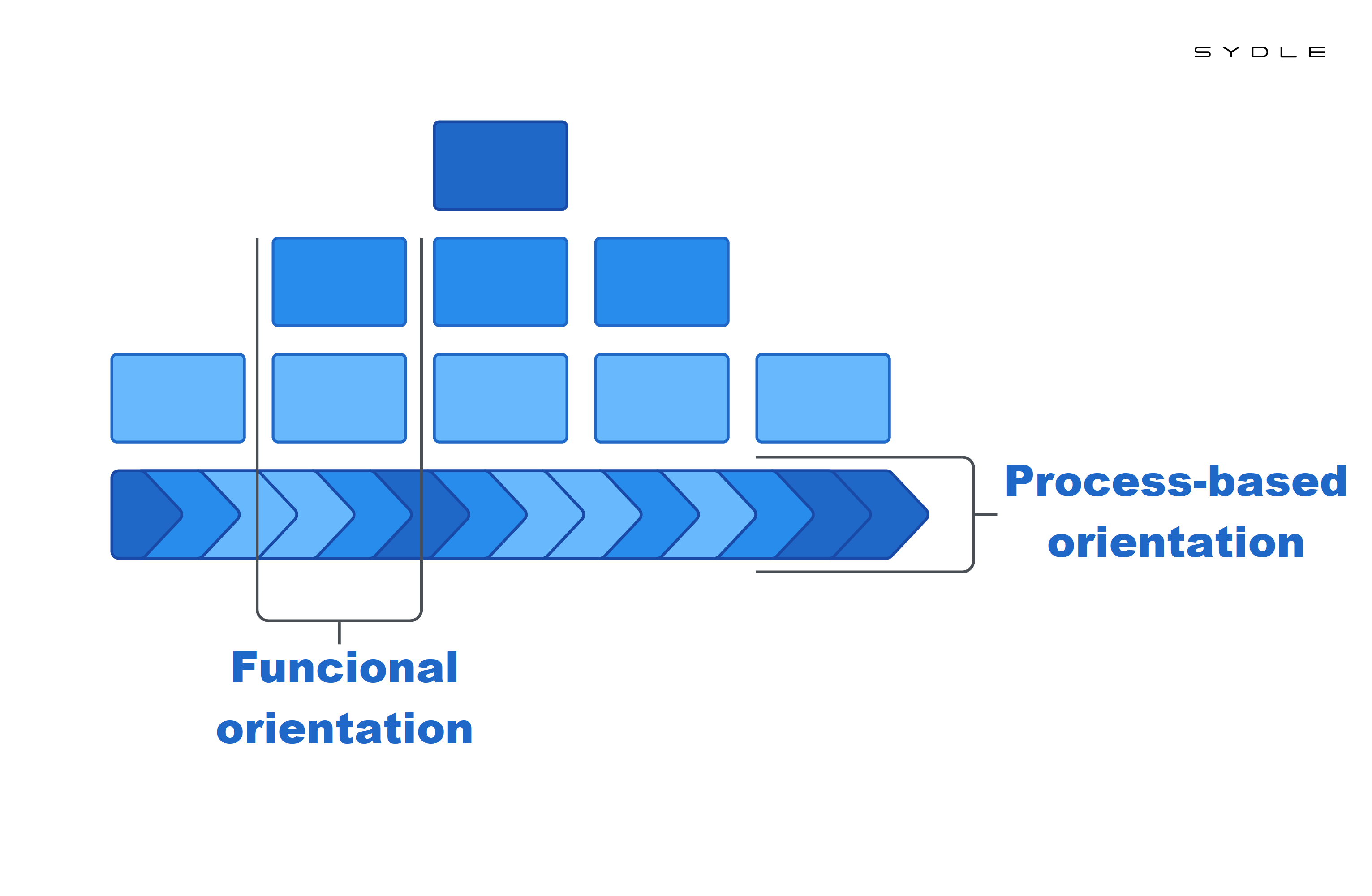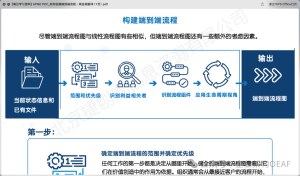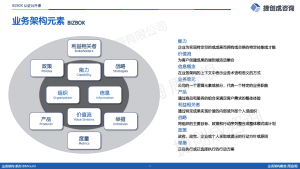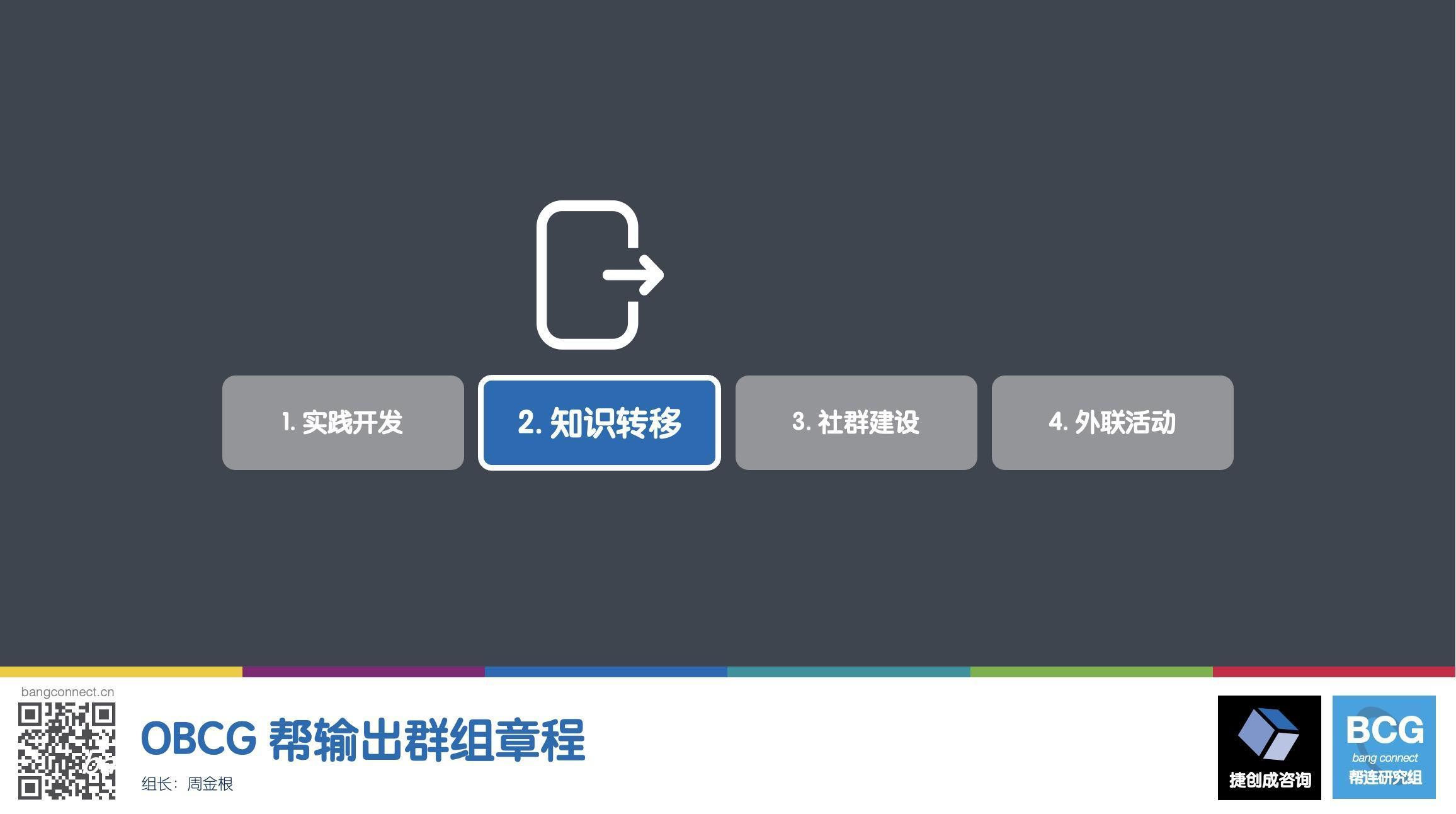转载于:https://www.sydle.com/blog/what-are-business-processes-610afc74504afa7e3653c2c3/
Business Processes are the tasks or set of activities performed by a company to achieve its outcomes and generate more value for the customer.
Businesses that are focused on generating value for clients, constantly improving their performance, and standing out from their competitors need to manage their Business Processes.
Without modeled processes, communication inside a business fails. The strategy can be lost, and there are more likely to be mistakes, delays, failures, or waste in the business.
Consequently, in this article, you’ll learn everything about a business process: what it is, how business process management works, how you can model processes, and you’ll also see some practical examples.
What’s a business process?
According to BPM CBOK, the Guide to the Business Process Management Body of Knowledge, it means:
“A work that delivers value to clients or supports/manages other processes. This work can be carried out from end to end, inter-functionally, or even interorganizationally.”
In other words, any set of activities, tasks, and behaviors performed by people or machines within the departments of a business, or between other companies, can be part of a business process.
The idea is that when carried out logically (as a flow), processes make the business achieve goals or solve business issues. Each process shows what needs to be done to achieve this, how and by whom.
How are business processes classified?

Within the business process concept, the management field BPM (Business Process Management) divides processes according to their different purposes:
Primary processes
These processes deliver value straight to clients, which means they’re essential for the business to achieve its goals.
In general, they’re related to the client’s consumption of the product or service offered.
A classic example of a primary process is sales and after-sales of a service or product.
Support processes
Unlike the previous processes, instead of delivering value straight to clients, support processes deliver value to business processes, regardless of if they’re primary, support, or management processes. However, it doesn’t mean they’re not important for the business.
This is the case of Human Resources (HR). Although it’s essential to keep the business functioning through hiring, training, and other processes, it’s not directly related to clients. The end-user doesn’t have access to what’s done internally.
Management processes
Likewise, management processes don’t have a direct connection with clients but are essential for the sustainability of a business and also for their competitive advantage. These are processes that ensure that the business’s strategic objectives and goals are met.
These are all the processes that include measuring results, controlling tasks, and managing the business in general.
What’s Business Process Management (BPM)?
The entire business, even if they’re not aware, has processes that lead to the client’s deliveries.
However, with BPM, all people involved in processes can see them well-structured, visually, and in an understandable way. Therefore, processes may be carried out and transformed more precisely, assertively, and quickly.
BPM is a management discipline that should be part of a business’s culture. The operations are based on processes, and all employees, suppliers, and managers work to improve those processes.
This management discipline is based on a continuous improvement cycle, which means that the business is constantly working to optimize its processes, find opportunities to generate value, reduce costs, and solve problems.
Differences between a functional view and an end-to-end process view

In order to put the business culture into practice, it’s necessary to change the business structure. Learn more about it below.
What’s a functional view?
A business with a functional view is the traditional business structure. It has departments (Financial, Sales, Marketing, Legal) with a vertical structure.
In this type of view, each sector has a specific function, and employees respond to their supervisors. Consequently, each field has its own goals and objectives, which can lead to disjointed decision-making, deviating from the general strategic objectives.
Communication between departments is more complex, which might lead to misunderstandings and internal competition.
What’s an end-to-end process view?
With this process view, the company has horizontal management, and everyone works with a focus on the same strategic objectives, understanding the chain from end to end. In other words, it includes everything from the beginning of the process until the final delivery to clients.
Each employee works according to their abilities to achieve results that involve cost and time reduction, quality gain, and other aspects. Everyone aims to generate more satisfaction for customers.
How can you model processes?
To apply process management, it’s necessary to use a model understandable to everyone that is available visually to all the people involved. Companies have complex processes with different stages, activities, tasks, and people in charge.
Modeling business processes is the BPM stage where processes are designed or redesigned.
We create a business process diagram, which is a graphical representation with commonly understood symbols, of process flows.
Check out how to perform modeling:
1. Establish the approach you’ll use
The first step is to find a way that the company wants to carry out modeling. This will depend on the objective intended with this process. It’s possible to model processes using three approaches:
- Top-down: A top-down approach implies modeling first the macro elements of the process, and then, you go into detail.
- Bottom-up: It’s the opposite of the previous one, first, you model the details, and then, you build up a macro version of the process.
- Middle-out: In this case, you need to find the root of the problem and then move towards its ends (this is why it’s called middle-out).
2. Collect information
Now that the approach has already been established, it’s necessary to collect all the information connected to those processes in order to know what to add to the process map.
Therefore, it’s necessary to interview employees, observe their work, analyze relevant documents, and use other techniques.
Remember that all information should be useful to achieve the strategic objectives of the business. When you are aligned with this, the company avoids time waste or rework.
- What tasks need to be performed to follow this process?
- Who are the employees involved in each process, the process owners, managers, and analysts?
- How can you perform those processes? How can you complete them, and what are the business rules?
3. Start modeling now!
To go through the diagram process, you can choose different notations or, in other words, what language the company prefers. It’s necessary to have a notation that is understandable to everyone in order to optimize work.
The notation means how the process will be represented, and this choice will vary according to the company’s needs and purpose. Let’s see the main notation types:
BPMN (Business Process Model and Notation)
BPM’s most used notation is BPMN, a notation with universal language understandable by both process management professionals and by BPMS systems.
These tools are responsible for automating business processes, a feature that makes BPM implementation very easy. With BPMS, we can add all modeled process diagrams, establish who’s in charge of the processes, add relevant information, control and measure KPIs, analyze results in real time, etc.
With automated processes, the company finds bottlenecks faster and can fix them and avoid repetition, and everyone involved can have access to them on a cloud, which makes it easier to implement.
It’s also much more practical to analyze large volumes of data, which is what generates valuable information for decision making.
Flowchart
For less complex processes that don’t need automation, it’s possible to model processes using flowcharts. A simple process can be easily understood after analyzing the workflow.
Value Stream Mapping
Another way to model processes is using Value Stream Mapping. This streamlined technique aims to detail processes and show their efficiency through keywords and their metrics. The focus here is to eliminate unnecessary resources and time in order to add more value and gain efficiency.
Examples of processes modeled with BPMN
We can give you some practical examples of business processes modeled with BPMN to make them more concrete for you.
Admission of personnel
This is an example of a support business process, which has the objective to help standardize the admissions process in a company.
- This process starts with the completion of each employee’s personal data by Human Resources professionals.
- It’s also possible to schedule training sessions for the new employees and add who their manager is. You can also automatically let the IT department know that they need to to install the equipment and prepare access codes.
- The financial department should also be informed at this point to register information regarding payments, records, agreements, and benefits.
In BPMS, you can add performance indicators so that you can assess the process and optimize it, if possible. With the above-mentioned example, we suggest measuring the time spent on the whole admissions process.
Traveling management process
When an employee needs to travel for work, it brings costs to the company, but it’s important to follow standardized rules so that there’s some predictability of these expenses. What’s more, it’s pretty common to have emergency trips, so, in this case, it’s essential to have process automation to gain time.
How would this process work from end to end?
- The process starts when the employee applies for the trip through the portal, system, or service desk. Then, the traveler’s personal information is completed (if they’re not automatically filled in), and we add the documents necessary for the trip.
- Here, the business rules vary according to the means of transportation that will be used in the trip.
- Financially, you can include the reason for the trip, ticket price, accommodation costs, and any further expenses, which would be the main cost for this process.
- After completing this, the flow goes to the quote approval stage where you can confirm the trip or cancel it. If approved, and if the applicant is the same person responsible for the cost center, the flow goes straight to purchase completion. If that isn’t the case, the party responsible for the cost center should approve the trip. If within a day of the travel date, the purchase is not complete, an alert is sent to the financial department to complete it.
- Then, there are specific processes for the trip, and after the traveler is back, there might be some possible reimbursements.
- Other elements are added to the modeling if the trip isn’t approved. In this process, many employees are involved: the traveler, the party responsible for the center cost, HR employees, and financial employees. All of them should be included in BPMS.
The processes used as examples in this post were provided by the channel ProcessBox.
Do you want to learn more about business processes? Check out the difference between BPM, BPMN, and BPMS.



